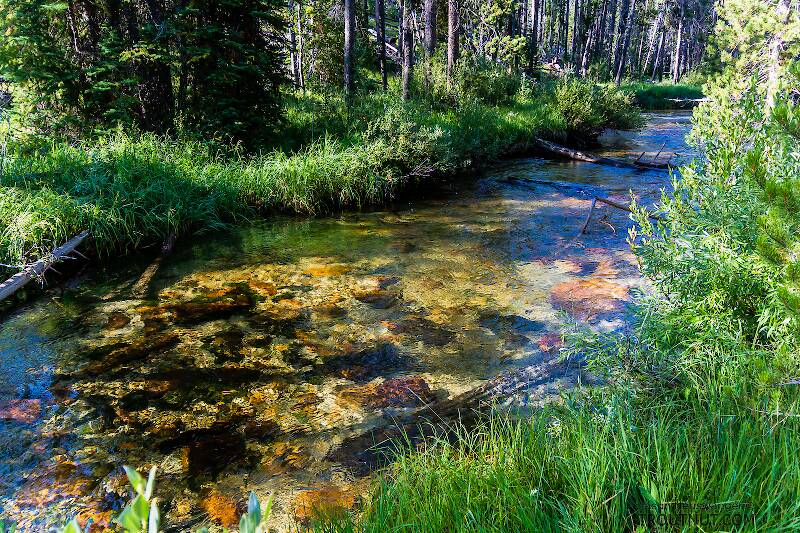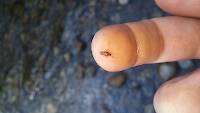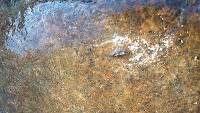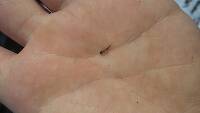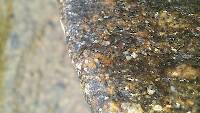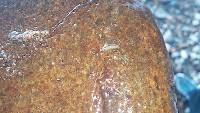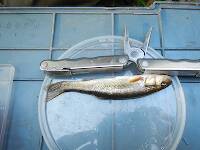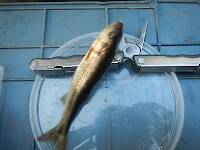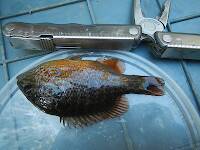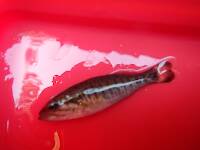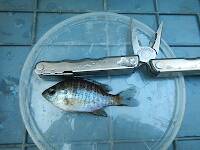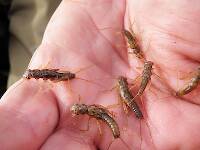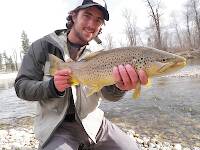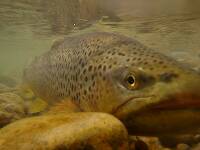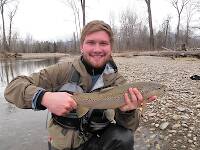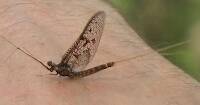
Blue-winged Olives
Baetis
Tiny Baetis mayflies are perhaps the most commonly encountered and imitated by anglers on all American trout streams due to their great abundance, widespread distribution, and trout-friendly emergence habits.
Featured on the forum

This specimen keys to the Epeorus albertae group of species. Of the five species in that group, the two known in Washington state are Epeorus albertae and Epeorus dulciana. Of the two, albertae has been collected in vastly more locations in Washington than dulciana, suggesting it is far more common. On that basis alone I'm tentatively putting this nymph in albertae, with the large caveat that there's no real information to rule out dulciana.

Troutnut is a project started in 2003 by salmonid ecologist Jason "Troutnut" Neuswanger to help anglers and
fly tyers unabashedly embrace the entomological side of the sport. Learn more about Troutnut or
support the project for an enhanced experience here.
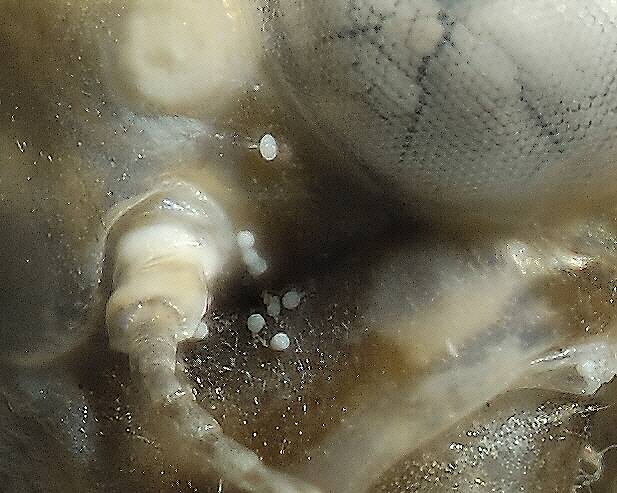
Willmilne on Jan 25, 2010January 25th, 2010, 8:02 am EST
Hi whilst doing some high magnification images of a mayfly specimen I noticed what appear to be eggs attached to the head. I'm curious if anyone could offer a suggestion as to what they are or even if they are eggs. I understand there are stonefly parasites is this also true of mayflies?
cheers
Will
cheers
Will
Konchu on Jan 25, 2010January 25th, 2010, 8:42 am EST
I'm not sure what those are base on the picture, but I often see mystery things attached to specimens. Sometimes, these are a fungus, and rarely they are aquatic mites. A frequent thing I see is little pale pouches of "goo" that appear as an artifact of the fixation and preservation process.
These could be eggs of some kind, but what kind I do not know. Might even be eggs from another mayfly. Many of these adhere to whatever happens to be on the stream bottom, even if it is another living thing.
By the way, is that a Baetisca mayfly?
These could be eggs of some kind, but what kind I do not know. Might even be eggs from another mayfly. Many of these adhere to whatever happens to be on the stream bottom, even if it is another living thing.
By the way, is that a Baetisca mayfly?
Quick Reply
Related Discussions
Topic
Replies
Last Reply
1
Aug 30, 2010
by GONZO
by GONZO
3
Mar 22, 2015
by Pookie025
by Pookie025
1
Mar 2, 2021
by Red_green_h
by Red_green_h
3
Jul 2, 2008
by Dave_K
by Dave_K
6
May 12, 2013
by Tigermidge
by Tigermidge

